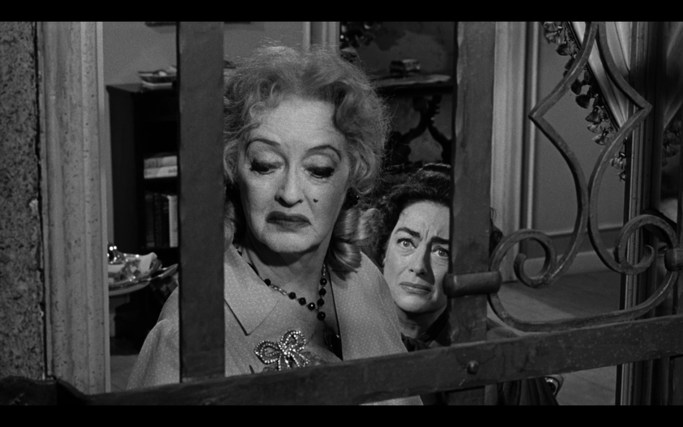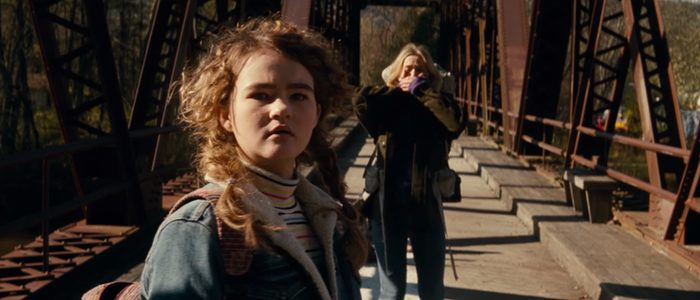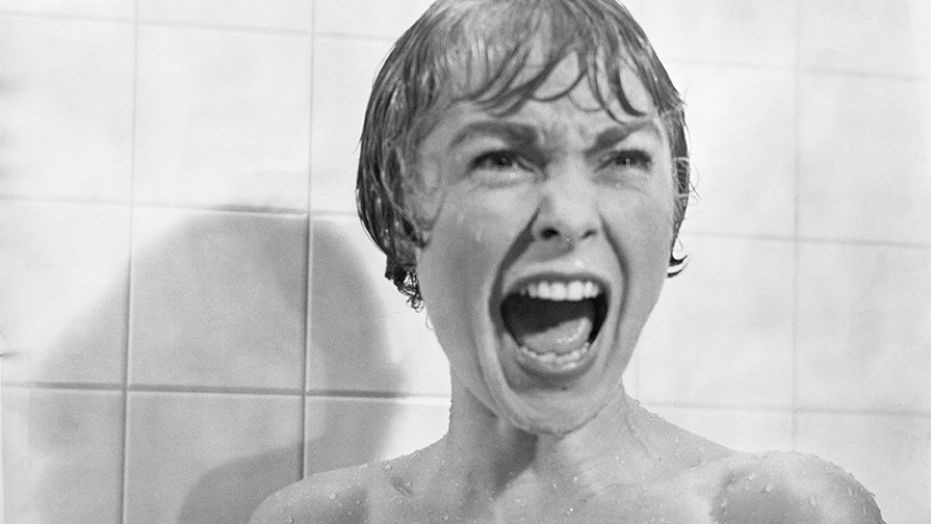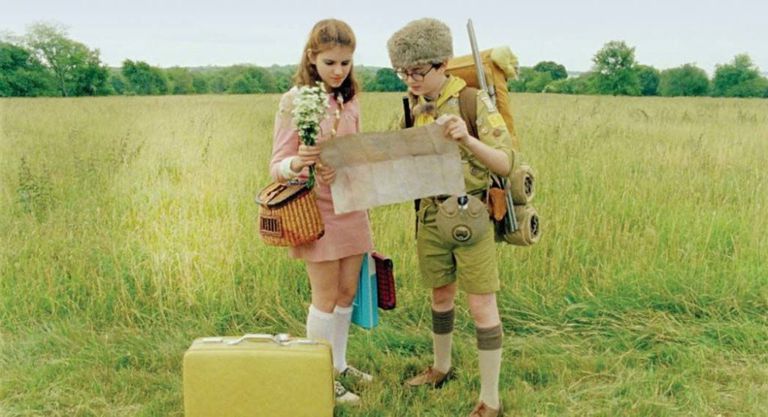Blueprints: "What Ever Happened to Baby Jane?"
 Thursday, April 26, 2018 at 12:01AM
Thursday, April 26, 2018 at 12:01AM This week on Blueprints, Jorge writes a letter to daddy.

Any screenwriting book, seminar, or four-year degree will tell you that screenwriting is all about showing, not telling. It should feel more like describing a house in a Craiglist ad than writing a novel. The script is being written so it can be shot, not read. However, just like any other “rule” in cinema, it’s made to be broken. In fact, those who break rules can sometimes transcend them.
What Ever Happened to Baby Jane?, the 1962 grand guignol classic, is best remembered for the bombastic performances of the two leads, and the drama that took place between them behind the scenes. But reading the script, it’s apparent that the story is charged with remarkable meaning, intention, and impulse. Often hidden in the lines that the audience is never going to read...






